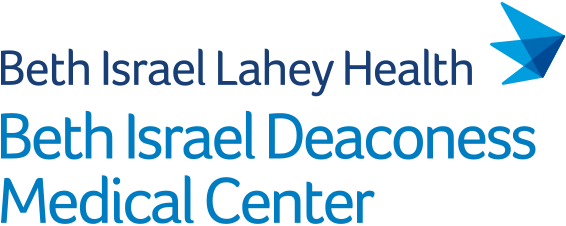IMPORTANCE: Although Medicare provides nearly universal health insurance coverage for individuals aged 65 years or older, clinicians and policymakers have expressed concern about access to and coverage of mental health services in the program. It is unclear how transitioning to Medicare affects adults with psychological distress, who may be particularly vulnerable to changes in mental health services.
OBJECTIVES: To examine the association of Medicare eligibility with use of mental health care, general health care, and acute care services among adults with psychological distress.
DESIGN, SETTING, AND PARTICIPANTS: In this cross-sectional study using the 2009-2019 Medical Expenditure Panel Survey and a regression discontinuity design, health care use among adults aged 59 to 64 years and those aged 66 to 71 years with psychological distress, defined as those who scored 3 or higher on the 2-item Patient Health Questionnaire or 13 or higher on the 6-item Kessler Psychological Distress Scale, was evaluated. Data were analyzed from March 2023 to February 2025.
EXPOSURES: Medicare eligibility at age 65 years.
MAIN OUTCOMES: Mental health care use, including outpatient mental heath visits and psychotropic medication fills, general health care use, and acute care use.
RESULTS: The study population included 3970 adults with psychological distress (mean [SD] age, 64.0 [3.6] years; 59.7% [n = 2370] female). Medicare eligibility at age 65 years was associated with a decrease in outpatient mental health visits with any health care professional (adjusted change of -3.4 percentage points [95% CI, -5.4 to -1.4 percentage points]), no change in mental health visits with psychiatrists (-0.7 percentage points [95% CI, -4.1 to 2.6 percentage points]), and a decrease in psychotropic medication fills (-5.3 percentage points [95% CI, -10.3 to -0.3 percentage points]) among adults with psychological distress. There was no change in general health care use, including all outpatient visits (0.6 percentage points [95% CI, -5.4 to 6.5 percentage points]) and prescription drug use (0.1 percentage points [95% CI, -2.2 to 2.5 percentage points]). In contrast, Medicare eligibility was associated with increases in acute care use, such as inpatient admissions (5.5 percentage points [95% CI, 2.2-8.9 percentage points]) and emergency department visits (8.1 percentage points [95% CI, 3.3-13.0 percentage points]) among adults with psychological distress.
CONCLUSIONS AND RELEVANCE: These findings suggest that Medicare eligibility at age 65 years was associated with decreased use of mental health outpatient services and increased acute care use among adults with psychological distress. These findings highlight the need for policies that address gaps in mental health care in the Medicare program.

